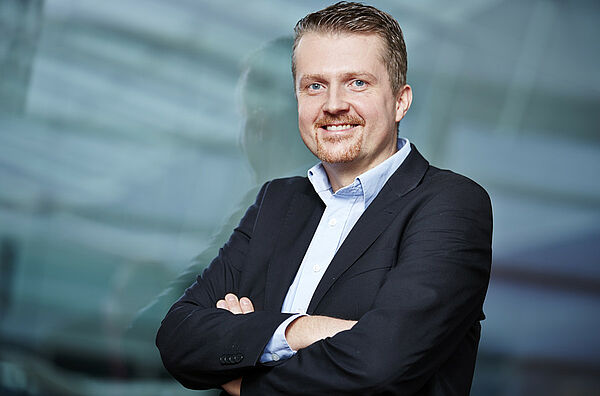The factory of the future shall be resource oriented, adaptable and self-optimizing. For implementing these aspects, many data are demanded for e.g. optimizing production processes. At this point data analysis comes into play: Data analyzing techniques are becoming more and more complex and combine a great number of intelligent technologies in the context of Industry 4.0 and Big Data. So far a data analysis was very complex and results were difficult to understand. This is somewhat difficult when wrong error messages occur.
In the context of Industry 4.0 more and more decisions are made by systems. This means that there is an increased demand for the transparency of decisions. For this purpose Provenance Analytics is needed. “Provenance is a central approach for the confidence building for digital information. Outcomes are comprehensibly displayed and justified for the user. The research project “Provenance Analytics” shall create awareness for this important aspect of the digital structural changes”, explains Professor Oliver Niggemann, board member of inIT.
Researchers from inIT develop approaches for artificial intelligence and of machine learning in production systems. In the research project practical and usable techniques and methods for this field shall be developed that are extremely user friendly. Specifically this means that the researchers from Lemgo are gathering process data and additional meta data, like e.g. time, origin or processing steps. In the end software systems analyze all data in production and automatically detect wear, errors and a need for optimization. The meta data that are gathered and processed and which are provided by SmartFactoryOWL, an initiative of the Fraunhofer Society and OWL University of Applied Sciences, will be validated. “Besides the fundamental theory and model building, also algorithms and techniques will be developed in the project. These will be integrated in a prototype and evaluated. The SmartFactoryOWL will be used as a research and demonstration platform”, so Niggemann. About the added value of the interdisciplinary research Project: “The Provenance technology is very domain specific and not just interesting for Industry. It can be used in many areas. Together with our project partners from industry and science we want to build up confidence in data analysis.”
About Provenance Analytics:
The project name means „Technologies for the interpretation of origin, cause and sources in complex, data driven and linked applications”. Besides the Institute Industrial IT (inIT) of OWL University of Applied Sciences also the project partners Bauhaus-University, Weimar, University of Passai and ArcTron 3 Vermessungstechnik & Softwareentwicklungs GmbH are involved in the research project. The project will be funded with about 2.8 million Euros by the German Federal Ministry for Education and Research (BMBF) for three years. Researchers from inIT conduct research in the fields of data analysis and the technical model development for diagnosis, the development of visualization technology and interfaces for technical applications, as well as Information Retrieval, Data Mining and its analysis. The research findings serve for the development of Provenance technologies for data analysis in the context of Industry 4.0 with a focus set on diagnosis application, for 3D-digitalization for the preservation of historical monuments and archeology, for the analysis of the flow of news, reuse-detection and forensics, as well as Seocial Semantic Internet of Things.


